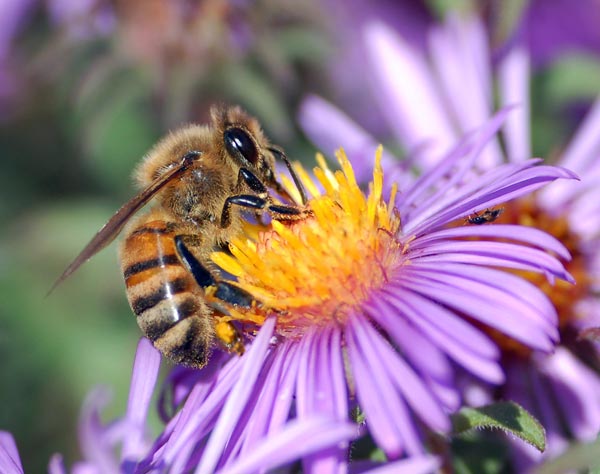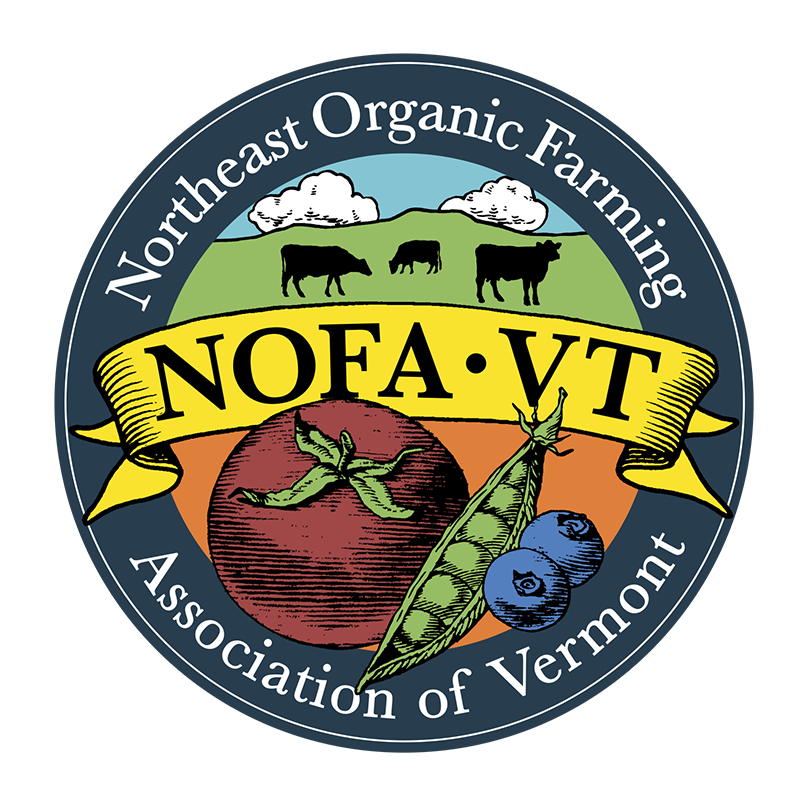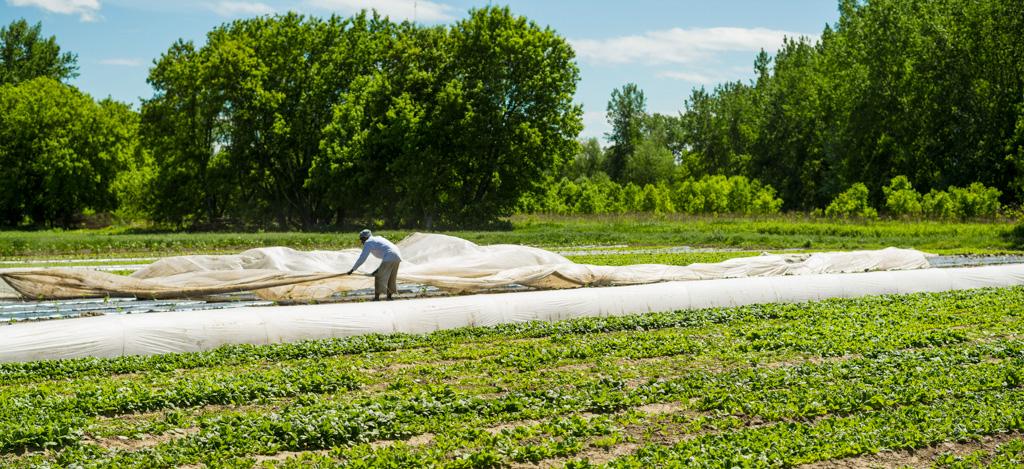 On March 17th, the Vermont House of Representatives passed H.861, a bill that aims to give VAAFM regulatory authority over “treated articles,” a class of pesticide products exempt from certain federal regulations. The term “treated articles” refers to items treated with pesticides, including seeds coated with neonicotinoids, among other things.
On March 17th, the Vermont House of Representatives passed H.861, a bill that aims to give VAAFM regulatory authority over “treated articles,” a class of pesticide products exempt from certain federal regulations. The term “treated articles” refers to items treated with pesticides, including seeds coated with neonicotinoids, among other things.
If passed, H. 861 would allow the Agency of Agriculture to regulate certain pesticide products over which they do not currently have jurisdiction. This authority could be especially important in allowing the State to act on the recommendations of a Pollinator Protection Committee, whose creation is predicated on another bill, H. 539, which passed the House in February.
In its current form, H.539 would establish a Pollinator Protection Committee made up of ten members from various sectors, selected and appointed by State officials. The Committee would have until January of 2017 to evaluate the status of and impacts on pollinator health in Vermont, and make legislative recommendations to the relevant House and Senate Committees.
Numerous studies have found a correlation between neonicotinoid pesticides, many of which enter Vermont in the form of seed coatings on corn seed, and declines in pollinator health and overall populations. In tandem, these two bills represent a promising step forward in the way Vermont regulates pesticide use and protects pollinators that are so critical to agriculture and biodiversity in our state.
For more information about these bills or other issues related to Vermont’s pollinators, contact Maddie Monty, NOFA-VT Policy Advisor.

